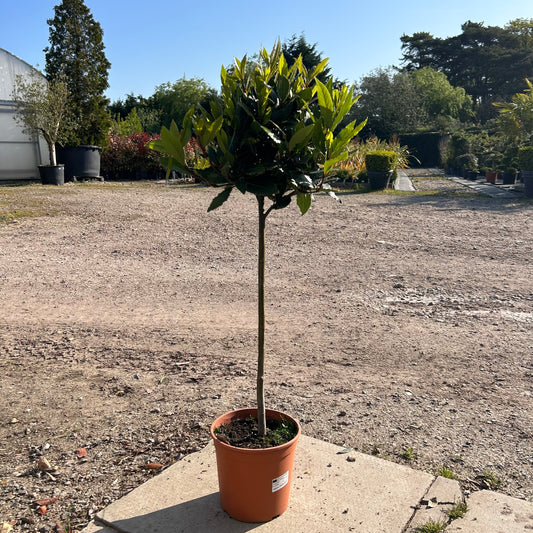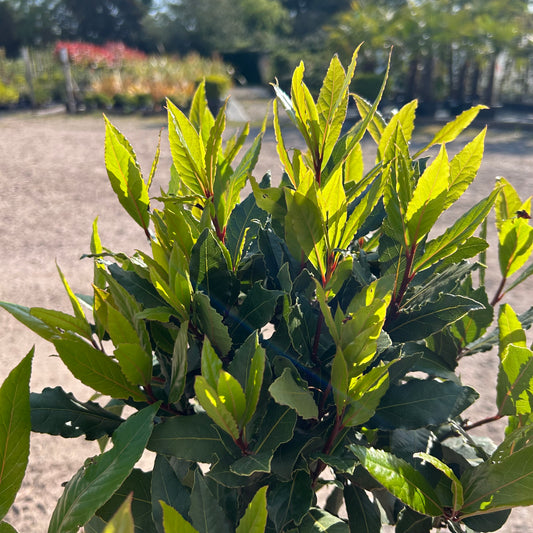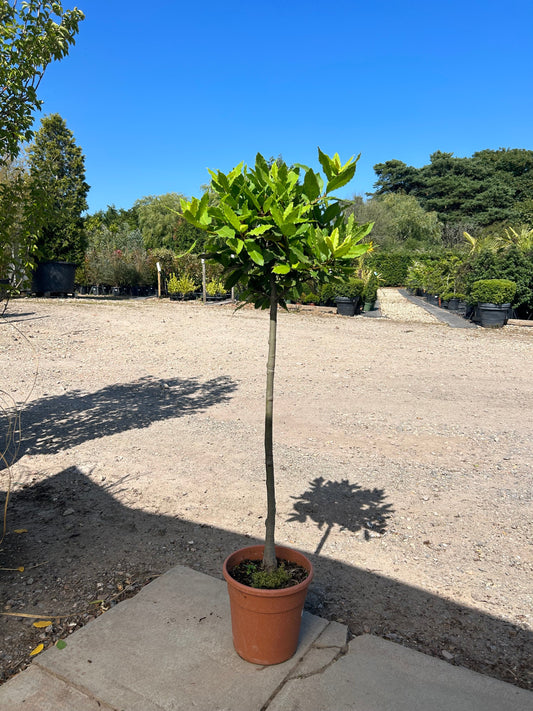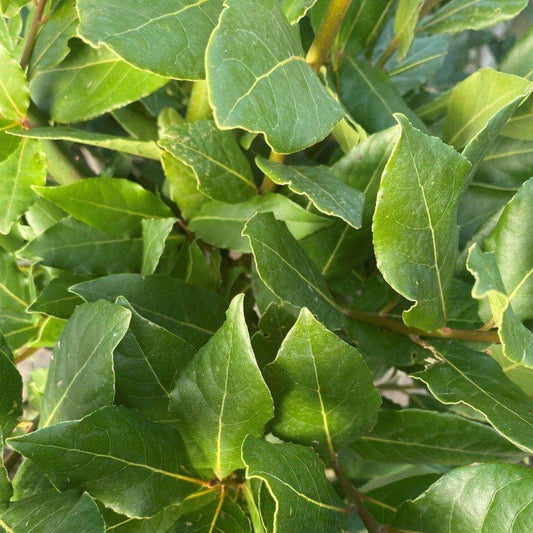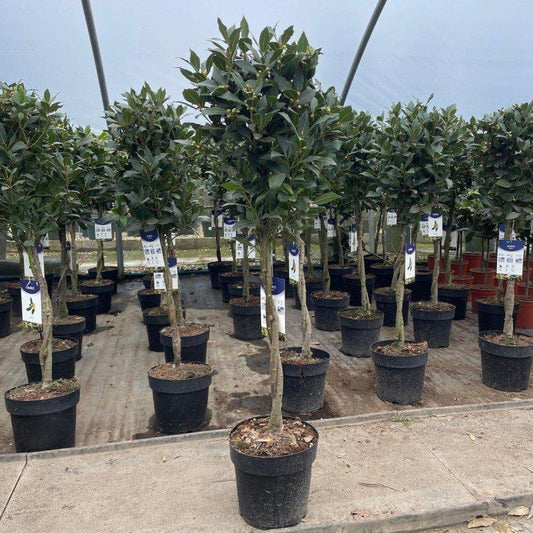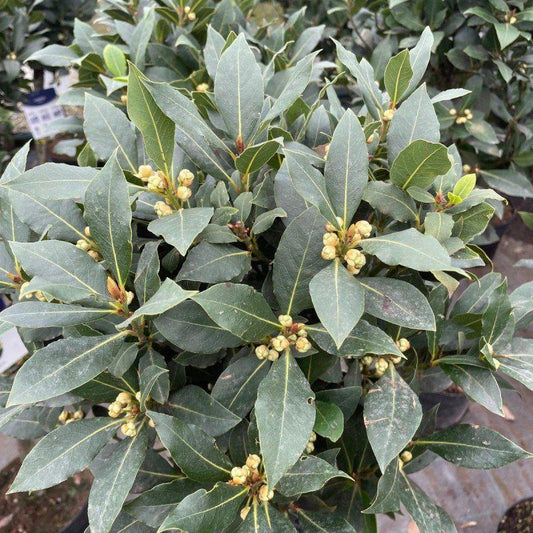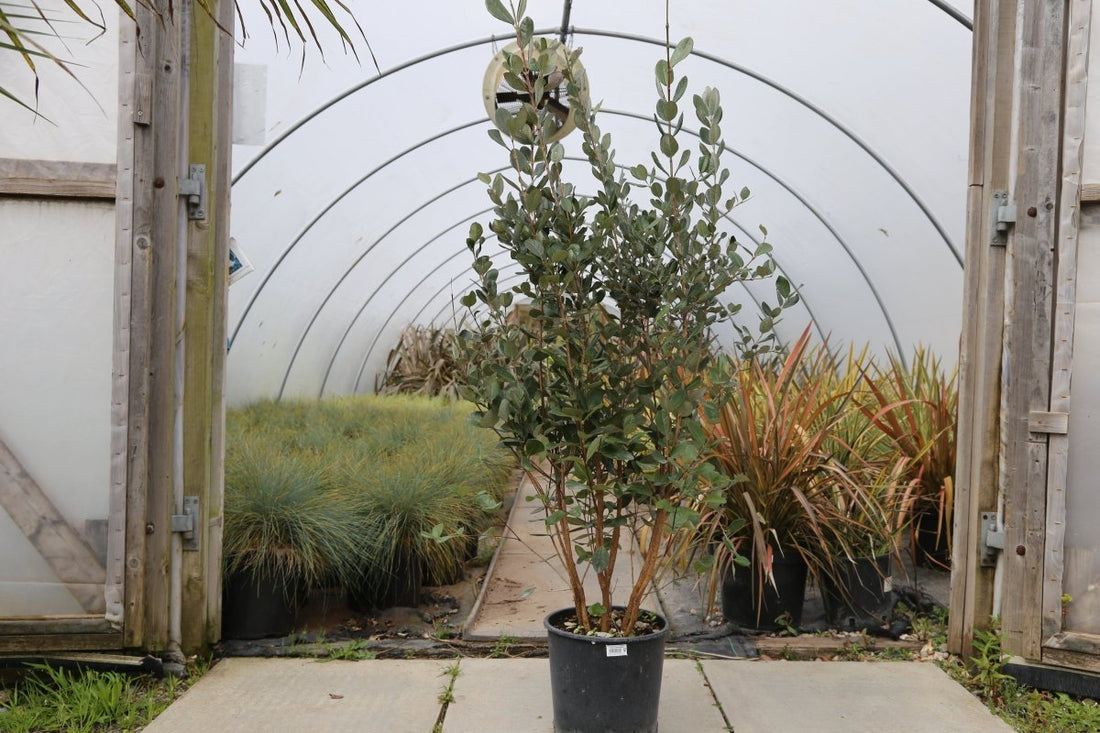Pineapple Guava, also known as Feijoa Sellowiana, is a small, evergreen plant native to South America. It is known for its unique and refreshing fruit, which has a distinct combination of pineapple, guava, and mint flavors. In this article, we will explore the history, origins, cultivation, and some interesting facts about the Pineapple Guava plant.
History and Origins
The Pineapple Guava plant is believed to have originated in the highlands of southern Brazil, eastern Paraguay, and northern Argentina. It was first introduced to Europe in the late 1800s by a German botanist named Karl Friedrich Philipp von Martius. It was later introduced to the United States in the early 1900s, where it has become a popular fruit in many regions.
Cultivation
Pineapple Guava plants are relatively easy to grow and can thrive in a variety of climates. They prefer well-drained soil and full sun but can tolerate some shade. They are also drought-tolerant and can withstand periods of low water.
To grow Pineapple Guava plants, it is important to start with healthy, disease-free plants. The plants should be planted in a location that receives plenty of sunlight and has good drainage. It is also important to water the plants regularly, especially during the first few years of growth.
Interesting Facts
-
Pineapple Guava plants are a member of the myrtle family, which also includes other popular fruits such as guava, clove, and allspice.
-
The Pineapple Guava plant can grow up to 15 feet tall, but can also be pruned to keep it smaller and more manageable.
-
Pineapple Guava plants are known for their attractive, gray-green foliage and striking red and white flowers, which bloom in the spring and early summer.
-
The fruit of the Pineapple Guava plant is about the size of a small egg, with a rough, green skin that turns brown when the fruit is ripe.
-
Pineapple Guava fruit is often eaten fresh, either on its own or as a topping for desserts and salads. It is also used to make jams, jellies, and other sweet treats.
-
The fruit is particularly high in vitamin C, which is important for immune health, and potassium, which helps regulate blood pressure.
-
In addition to its nutritional content, Pineapple Guava is also rich in antioxidants, which are important for fighting inflammation and protecting the body against disease.
-
Pineapple Guava has a long history of use in traditional medicine, particularly in South America. The fruit was traditionally used to treat a variety of ailments, including digestive issues, respiratory problems, and skin conditions.
-
Pineapple Guava is also used in traditional cuisine. In South America, it is often added to a traditional drink called "mate," which is made from the leaves of the yerba mate plant.
-
Pineapple Guava plants are also a great addition to any garden, thanks to their attractive foliage and striking flowers. They can also be used as a hedge or as a windbreak in windy areas.
Pineapple Guava, or Feijoa Sellowiana, is a unique and fascinating plant with a rich history and numerous uses. Whether you are interested in growing Pineapple Guava for its attractive foliage, delicious fruit, or numerous health benefits, this plant is definitely worth checking out.
With its easy cultivation, rich history, and numerous uses, it's no wonder that Pineapple Guava has become such a popular choice in recent years.


